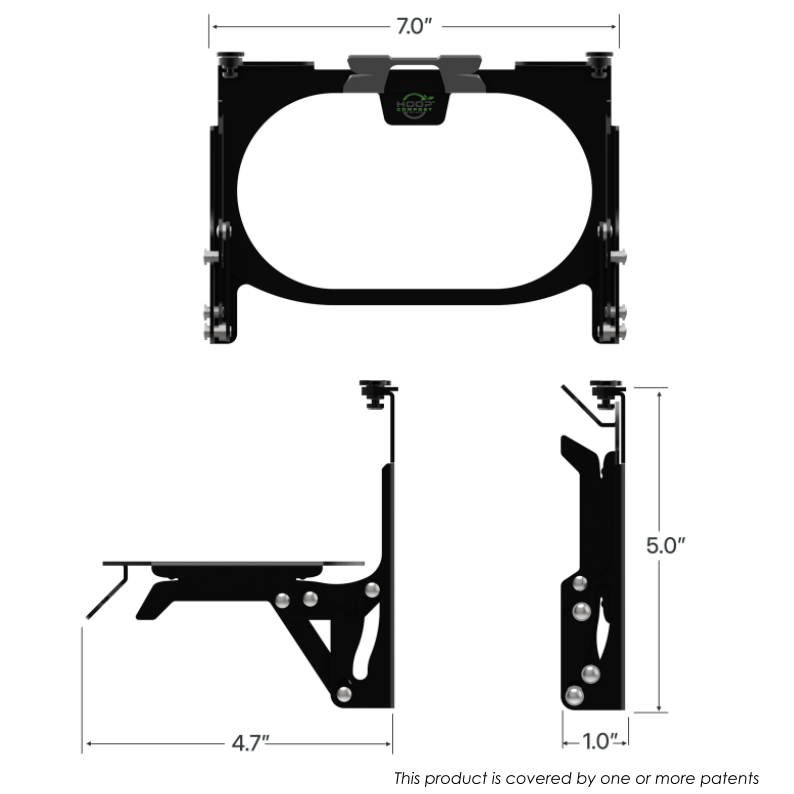A New, Smarter Workflow for Your Kitchen.
Adjustable Hooks, Perfect Fit
Use Hoop’s Adjustable Hooks to latch onto and stay secure to different surfaces.


Foldable Arm
When not using Hoop, you can fold the arm to seal off unpleasant odours and save space.
Simple 4 Steps, Installing a New Bag
Installing a new compost bag onto Hoop is easy. Follow the steps outlined in these animated GIFs.












See What Our Users Have to Say About Hoop.






About Us
- Choosing a selection results in a full page refresh.
- Opens in a new window.






